Samsara
The Wheel of Life Explained
The Wheel of Life or “Bhavacakra” is well known by Buddhist monks as a powerful meditation tool and also by students to learn and understand the teachings of the Buddha. The Wheel represents the very reasons for the suffering of our mortal form, through both horrific and sublime imagery and it can be seen painted on the walls of many Tibetan Buddhist monasteries in all Himalayan regions. 
Essentially it is a metaphysical diagram made up of four concentric circles, held with a firm grip by Yama, the Lord of Death.
Above the wheel the sky with clouds or stars is symbol of freedom from cyclic existence or Samsara, and the Buddha pointing at it indicates that liberation is possible.
In the center of the wheel there are three animals symbols of the “Three Poisons”: ignorance (the pig), attachment (the bird) and anger (the snake).
The snake and bird are shown as coming out of the mouth of the pig, indicating that anger and attachment arise from ignorance. At the same time the snake and the bird grasp the tail of the pig, indicating that they both promote even greater ignorance.
Next to the central circle is the second layer divided in two-half circles, one light colored while the other is usually dark.
These images represent the wheel of Karma, the law of cause and effect.
The darker portion shows individuals experiencing the results of negative actions. The light half circle, instead, indicates people experiencing the results of positive actions and attaining spiritual ascension.
Beyond this layer is a wider area divided into six parts, each depicting a different realm of Samsara.
These six realms constitute all possible states of existence in the universe and all beings cycle between these states.
They can be divided into higher realms and lower realms.
The three higher realms are:
1). The Human Realm
The human realm is the world of everyday experience.
Human life, containing both pleasure and pain, makes us aware of both these aspects of life. Buddhism teaches that such harmonious balance give us the opportunity to pursue spiritual realization, this is the reason why human world is considered to be the most suitable realm for practicing the dharma.
2). The Semi-Gods Realm
The titans that live in this realm, not content with what they possess, spend their time fighting among themselves or making war to the gods.
These semi-gods do not suffer from desire or greed but from constant fighting and jealousy.
3). The Realm of the Gods
These gods are pictured like beings not so far from the human dimension in fact they share similar sensuous experiences.
The gods enjoy lives full of abundance and pleasure however they spend their existence pursuing meaningless distractions and never think to practice the dharma. This way they deplete their good Karma and they will suffer through being reborn in the lower realms.
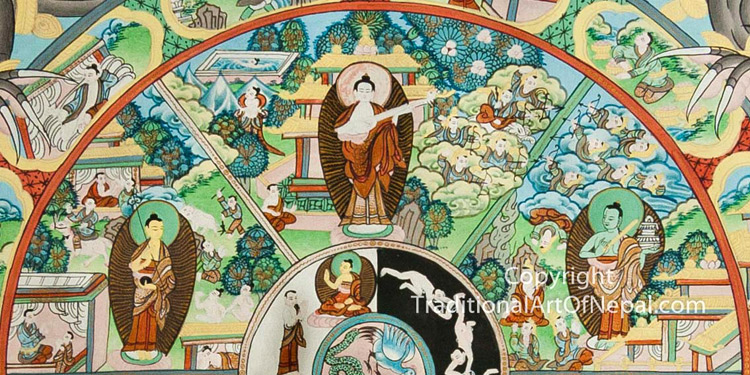
The three lower realms are:
4). The Hell Realm
The hell is typically represented as a places of intense torment where beings endure unimaginable suffering. The victims are subjected to the most terrible tortures inflicted by demons.
In the Buddhist tradition there are eighteen “hells” that can be hot or cold.
5). The Hungry Ghosts Realm
This realm is inhabited by pathetic creatures with suffering from extreme and perpetual hunger and thirst.
They wander constantly in search of food and drink, however even if they get what they want it will cause them intense agony.
6). The Animals Realm
In this realm life is based on self-preservation. Animals live in constant fear and suffer from being attacked and eaten by other animals. Metaphor of refusal to see beyond the physical needs.
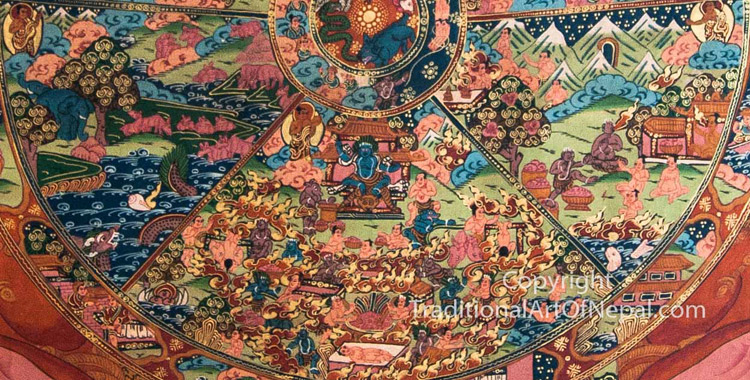
Depicted inside each realm, in some wheel of life representations, there is a Buddha or bodhisattva trying to help the beings living in that realm to find their way to nirvana.
The outermost concentric ring of the Wheel of Life present the process of cause and effect in detail.
The circle is divided into twelve parts, each depicting a phase of the law of Karma which keeps us trapped in the six realms of cyclic existence.
The twelve causal links and the correspondent allegories are:
Avidyā: Ignorance – a blind man, often walking.
Saṃskāra: Mental Formations – a potter shaping a vessel.
Vijñāna: Consciousness – a man or a monkey grasping a fruit
Nāmarūpa: Name and form – two men afloat in a boat
Ṣaḍāyatana: Six senses – a dwelling with six windows
Sparśa: Contact – two lovers kissing or entwined
Vedanā: Feeling – a men with an arrow in the eye
Tṛṣṇa: Craving – a drinker receiving drink
Upādāna: Grasping – a man or a monkey picking fruit
Bhava: Existence – a couple engaged in intercourse or a standing reflective person
Jāti: Rebirth – a woman giving birth
Jarāmaraṇa: Aging and Death – a corpse being carried
Bhavacakra Thangka paintings usually contain an inscription on the bottom explaining the process that keeps us in Samsara and how to reverse that process according to the teaching of the Buddha that said:
I have shown you the path that leads to liberation
But you should know that liberation depends upon yourself.
The Wheel of Life is also known as:
- Wheel of becoming
- Wheel of cyclic existence
- Wheel of existence
- Wheel of rebirth
- Wheel of Saṃsāra
- Wheel of suffering
- Wheel of transformation
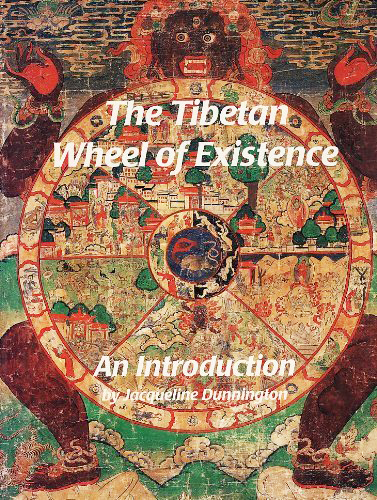
Never take it too seriously: Superman in Samsara
Laughing is always important at Sunapati Thangka School and we are glad to share an original representation of Superman epic using Tibetan Thangka painting style realized by theoryofeverythingcomics.com
Read more here:
http://www.theoryofeverythingcomics.com/2013/08/05/superman-in-samsara/
How To Order
- Browse our catalog and choose your favorite design.
- Select your preferred size and quality to check the price.
- Click on “Product Inquiry” to send us a message and we will check if we the artwork is immediately available. If not we will make it for you.
- Use the cart page to calculate the shipping cost by selecting your country.
- Once we receive your order we will start creating the artwork according to your preferences and provide you with updates and images upon your request.
We strive to ensure a smooth shopping experience with our assistance. We also welcome commissions of custom designs of thangkas, masks and mandalas.
Shipping and Payments
We offer trusted shipping options to ensure your purchases arrive in perfect condition, and delivered in 5 to 10 working days worldwide. We accept PayPal, debit/credit cards and bank wire transfer services.
About Our Community
We live in Changunarayan, a UNESCO heritage site located on a forested hill overlooking Bhaktapur and the Kathmandu valley. You are welcome to visit our art school and meet our community of artists and artisans.
Learn More About Our Thangka School And Workshops
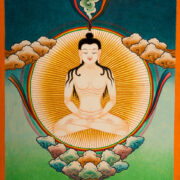 Tapihritsa Bon Yogi
Tapihritsa Bon Yogi 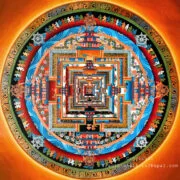 Kalachakra Mandala
Kalachakra Mandala 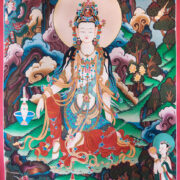 Quan Yin Thangka
Quan Yin Thangka 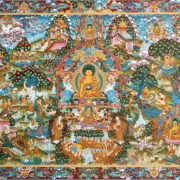 Life of Buddha Master Thangka
Life of Buddha Master Thangka 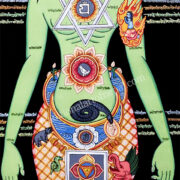 Chakraman Yogi
Chakraman Yogi 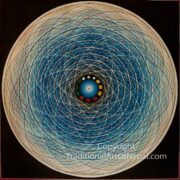 Universe Om Mandala
Universe Om Mandala 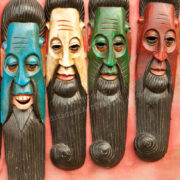 Sadhu Baba Masks
Sadhu Baba Masks 